Technological Advancements
Technological advancements play a crucial role in shaping the Water Heaters Market. The integration of smart technologies, such as IoT-enabled water heaters, has transformed traditional heating systems into more efficient and user-friendly solutions. These innovations allow consumers to monitor and control their water heaters remotely, optimizing energy consumption and reducing costs. Market data indicates that smart water heaters are expected to capture a significant share of the market, with a growth rate of around 8% over the next few years. Additionally, advancements in heating technologies, such as heat pump and tankless systems, are gaining traction due to their energy efficiency and space-saving designs. As consumers become more tech-savvy, the demand for these advanced solutions is likely to increase, driving growth in the Water Heaters Market.
Rising Demand for Hot Water
The increasing demand for hot water in residential and commercial sectors is a primary driver for the Water Heaters Market. As lifestyles evolve, the need for consistent hot water supply for various applications, such as bathing, cooking, and cleaning, has surged. According to recent data, the residential segment accounts for a substantial share of the market, with a projected growth rate of approximately 6% annually. This trend is particularly evident in regions experiencing population growth and urbanization, where the installation of water heaters becomes essential. Furthermore, the hospitality industry, which relies heavily on hot water for guest services, continues to expand, further propelling the demand for water heaters. This rising demand underscores the importance of innovation and efficiency in the Water Heaters Market.
Increased Focus on Sustainability
The growing emphasis on sustainability is reshaping the Water Heaters Market. Consumers are increasingly aware of their environmental impact and are seeking eco-friendly solutions. This shift in consumer behavior has led to a rise in demand for water heaters that utilize renewable energy sources, such as solar and geothermal systems. Market data indicates that the renewable energy segment is expected to grow significantly, with a projected annual growth rate of 9% over the next five years. Manufacturers are responding to this trend by developing products that not only meet energy efficiency standards but also minimize carbon footprints. As sustainability becomes a priority for consumers and businesses alike, the Water Heaters Market is likely to witness a transformation towards greener technologies.
Regulatory Support for Energy Efficiency
Regulatory support for energy efficiency standards is a significant driver in the Water Heaters Market. Governments worldwide are implementing stringent regulations aimed at reducing energy consumption and greenhouse gas emissions. These regulations often mandate the use of energy-efficient water heaters, which has led to a shift in consumer preferences towards high-efficiency models. For instance, energy efficiency standards set by various authorities have resulted in a marked increase in the adoption of ENERGY STAR-rated products. Market analysis suggests that the energy-efficient segment is projected to grow at a rate of 7% annually, as consumers seek to comply with regulations while also reducing their utility bills. This regulatory landscape not only encourages manufacturers to innovate but also enhances the overall sustainability of the Water Heaters Market.
Expansion of Construction and Real Estate Sectors
The expansion of the construction and real estate sectors is a vital driver for the Water Heaters Market. As new residential and commercial buildings are constructed, the demand for water heating solutions increases correspondingly. Recent data suggests that the construction industry is experiencing robust growth, particularly in emerging markets where urbanization is accelerating. This growth is expected to lead to a higher installation rate of water heaters in new developments. Additionally, renovations and retrofitting of existing buildings are also contributing to the demand, as property owners seek to upgrade their heating systems for improved efficiency. The synergy between construction activities and the Water Heaters Market indicates a promising outlook for manufacturers and suppliers in the coming years.



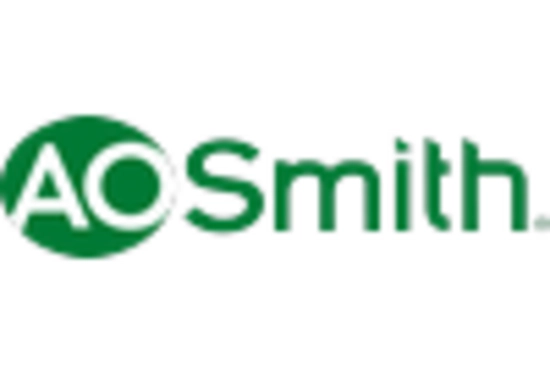
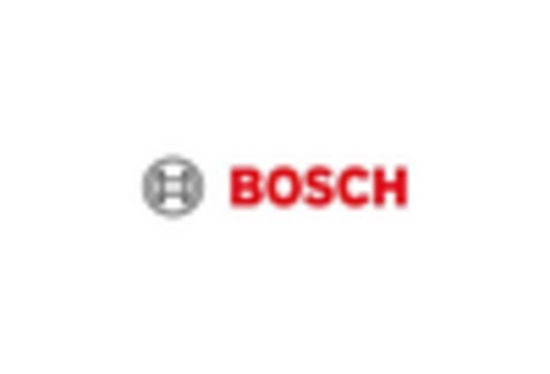

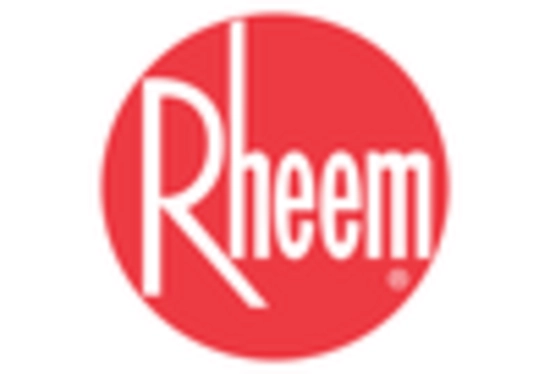
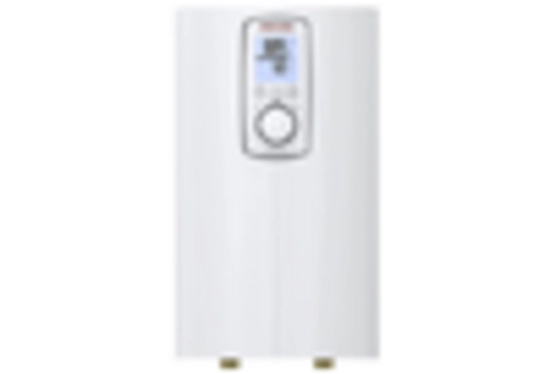
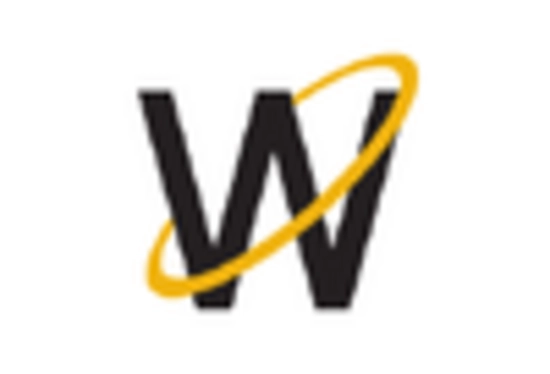








Leave a Comment